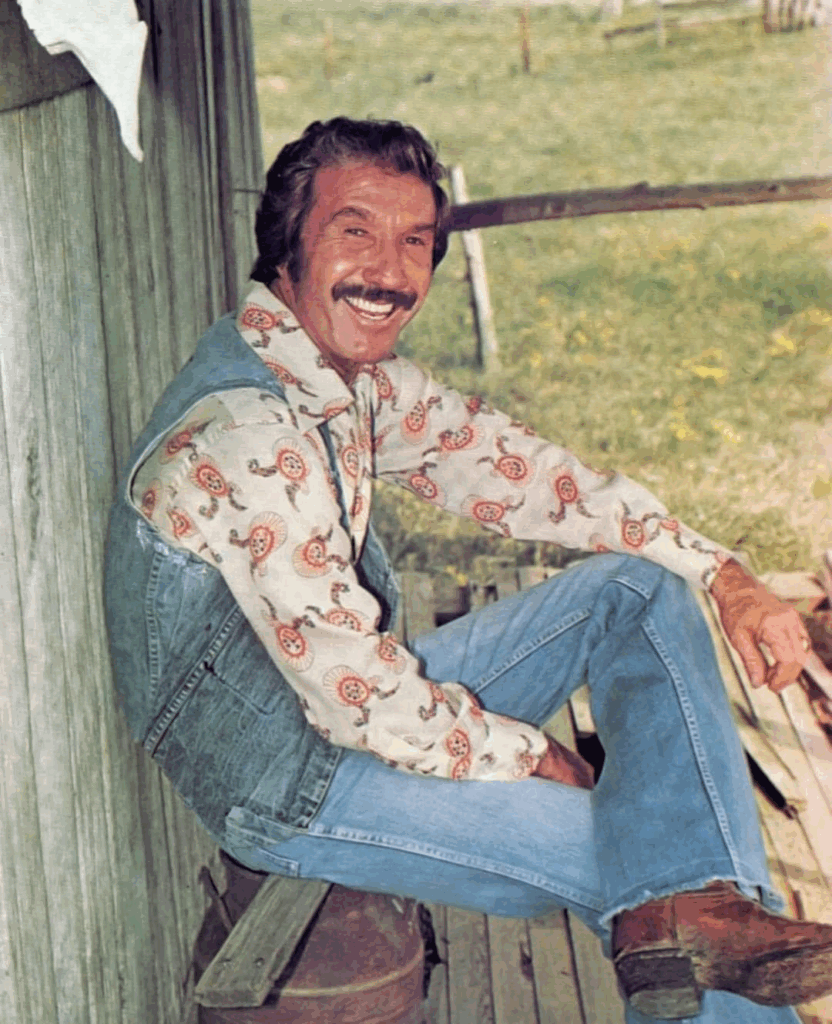
A Tale of Bravery and Heartbreak: The Enduring Story Behind “Billy Venero”
There are songs that take us back to the open plains — where the sun sinks low and the wind carries whispers of courage, love, and loss. Among those timeless western ballads, few are as stirring or as haunting as “Billy Venero” by Marty Robbins. First appearing on his celebrated 1959 album Gunfighter Ballads and Trail Songs, this song stands as one of the purest expressions of Robbins’ gift for storytelling — a tale that weaves tragedy and devotion into the dusty fabric of the Old West.
When Gunfighter Ballads and Trail Songs was released, it climbed high on the charts, reaching No. 6 on the Billboard Pop Albums chart and eventually earning Gold certification. The album’s lead single, “El Paso,” naturally took most of the spotlight, topping the Billboard Hot 100 in 1960. Yet tucked within that same collection was “Billy Venero,” a song that, for many listeners, felt like the soul of the record — quieter, sadder, but profoundly human. It told not of a gunfight or outlaw legend, but of love’s desperate ride against time.
The story of Billy Venero unfolds like a frontier tragedy passed down by campfire. Billy, a young cowboy deeply in love with a woman named Rosa, learns that she’s in danger as a storm of unimaginable fury rolls across the plains. Against all odds — and against every warning — he mounts his horse and races through the wind, the lightning, and the thunder to reach her side. But fate is unrelenting. When he arrives, it is too late. Rosa is gone, and so too, by the next morning, is Billy Venero. The two lovers are found side by side — a poetic image of eternal union born out of heartbreak.
The song is based on an old western poem that circulated in the late 19th century, sometimes under the title “Billy Venero’s Ride.” Robbins, ever the historian of cowboy folklore, adapted it with deep respect for its origins. He gave the words rhythm, melody, and a quiet power that only his warm baritone could convey. His performance on Billy Venero is restrained yet deeply emotional — each word carefully shaped, each line carrying the weight of sorrow and love unfulfilled.
Musically, the song mirrors the story’s emotional arc. Its gentle guitar work, accompanied by soft harmonies, evokes the loneliness of the open range and the inevitability of fate. There’s a moment — subtle, almost unnoticeable — when Robbins’ voice catches ever so slightly on a line about Rosa’s death. It’s as if the singer himself feels the loss, reliving the tragedy with every performance. That emotional honesty is what makes Robbins’ version so unforgettable.
What gives “Billy Venero” its lasting power isn’t just its melody or its story, but its universal message: the courage of love in the face of despair. It speaks to that timeless human impulse — to fight the storm, to reach someone we love, even when we know it may already be too late. For listeners who grew up with Robbins’ music echoing through old radios or spinning on worn-out vinyl records, the song often feels like a quiet reflection on life’s most profound truth: that love and loss are inseparable companions.
To hear Billy Venero today is to be transported back to that golden age of western storytelling — to the dusty roads, the endless skies, and the aching beauty of the American frontier. It reminds us of a time when songs were more than entertainment; they were emotional histories, capturing the spirit of a people and a place that now exist mostly in memory.
And yet, every time Marty Robbins’ voice rises in that final verse, as Billy’s story comes to its sorrowful end, something eternal stirs. The cowboy’s ride through the storm becomes a symbol of love’s unyielding determination — a ride every heart has taken, in one way or another.
So “Billy Venero” remains — not merely as a relic of western music’s past, but as a testament to the enduring power of story, song, and the bittersweet beauty of the human heart.